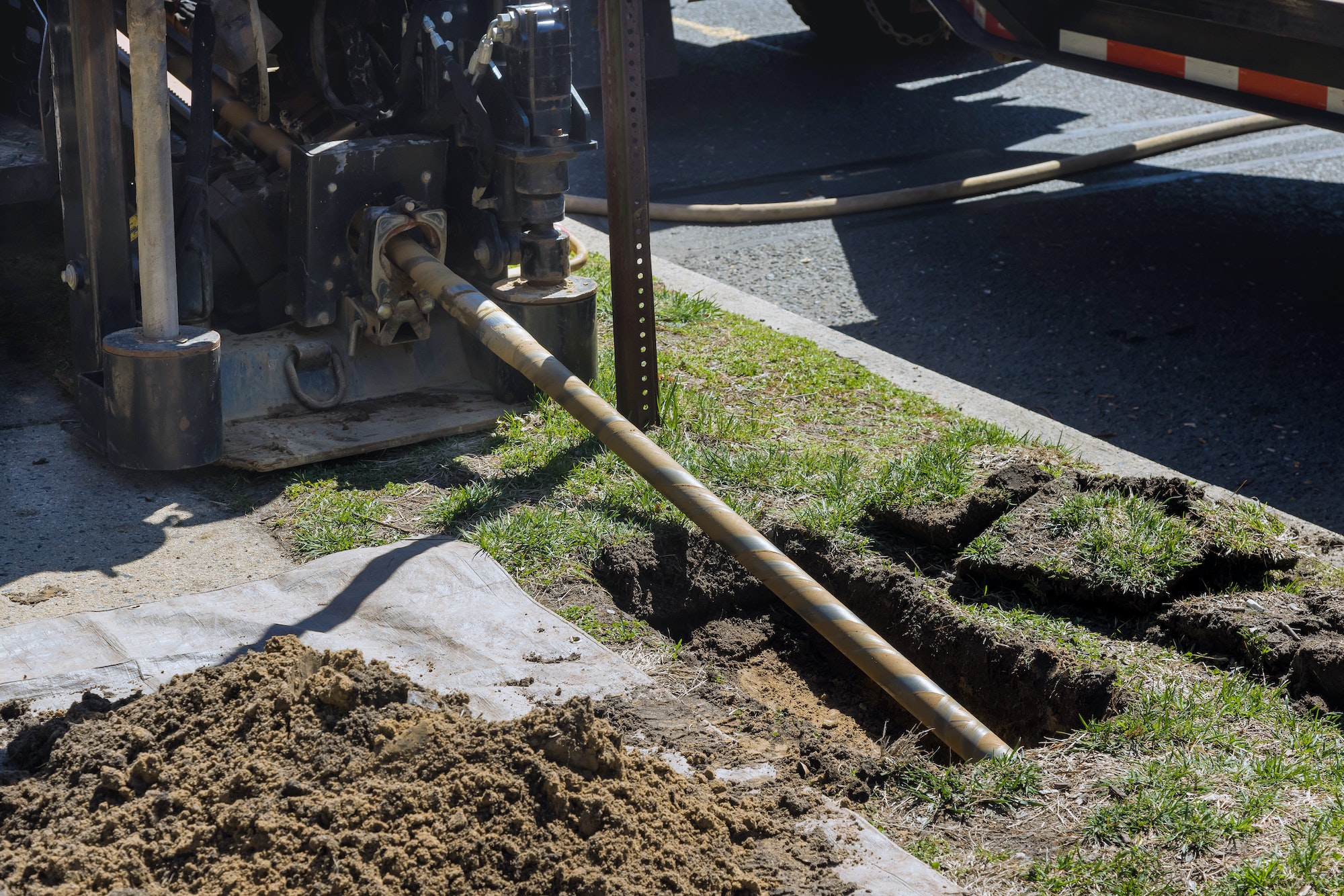When it comes to selecting furniture for outdoor settings, an increasing number of individuals are actively searching for choices. This growing environmental awareness has led to advancements in recycled plastic. In this featured article, we will delve into the process of crafting plastic benches and their distinctive advantages.
The Production Process of Recycled Plastic Benches
Gathering Plastic Waste
The journey of crafting recycled park plastic benches commences with the collection of waste. This waste can originate from discarded plastic bottles, containers, packaging materials, and fishing nets.
Sorting and Cleansing
Following the collection of waste, it undergoes a sorting process. At this stage, different types of plastics are segregated to ensure consistency in the product. Post-sorting, the plastics undergo a cleansing procedure to eliminate any dirt or debris.
Shredding or Melting
Subsequent to cleansing, the sorted plastics are either melted to create fragments known as pellets or flakes. These pellets act as the material for producing plastic items like benches.
Mixing Additives (Optional)
Some companies opt for using recycled plastic in making their benches, while others may decide to incorporate additives during the melting stage. These additives can improve the characteristics of the end result, such as adding UV resistance and color durability.
Molding and Shaping
When it comes to molding and shaping recycled plastic into bench forms, various techniques are utilized based on manufacturing capabilities and needs. Injection molding is a method where melted plastic is injected into a mold cavity, then cooled and solidified to achieve the desired bench design.
Cooling and Finishing
After being molded, the shaped benches require time to cool before undergoing finishing processes if necessary. During this phase, any excess material is removed to attain a refined look.
Advantages of Recycled Plastic Benches
Reduction in Environmental Impact
The incorporation of recycled plastic in bench production significantly decreases the need for plastic materials and diverts plastic waste from landfills or oceans. By selecting plastic benches, individuals contribute to a cleaner environment and help address the ongoing issue of plastic pollution. This practice aligns with the principles of green architecture, which emphasizes sustainable and resource-efficient building methods, further promoting environmental sustainability in urban planning and development.
Strength and Longevity
Recycled plastic benches exhibit durability and longevity. They are crafted to endure challenging conditions such as rain, UV exposure, and temperature changes. Compared to benches that need regular upkeep, like sanding and painting, these benches maintain their original look for years with minimal maintenance.
Diverse Design Options
Recycled plastic can be shaped into various forms and styles, allowing for creativity in bench design. Whether it is a sleek design or a classic look with patterns, recycled plastic can cater to various aesthetic preferences.
Durability Against Decay and Pests
Unlike wooden benches that are prone to rotting or insect damage over time, recycled plastic benches are resilient against decay and pests. In conditions or areas susceptible to termites or mold, these benches remain sturdy and intact over an extended period.
Cost Efficiency
Although recycled plastic benches may have an initial cost compared to some materials, they provide substantial cost savings in the long term due to their durability and minimal maintenance needs.
Recyclability and Sustainable Practices
Apart from producing plastic benches, the ability to recycle them and promote an economy is crucial. When a recycled plastic bench reaches the end of its lifespan or requires replacement, it can be fully repurposed into items, ensuring sustainability continues in the process.
When plastic is recycled, it can be reused many times without losing its quality or strength. This plays a role in reducing waste and lessening the impact on the environment. Embracing the principles of an eco-friendly economy allows both manufacturers and consumers to work towards a sustainable future by maximizing resource efficiency and reducing waste generation.
End Note
Designing with sustainability in mind goes beyond looks; it means considering impact at every stage of a product’s life cycle. Recycled plastic benches are an example of how innovative materials can be used without sacrificing function or style. Choosing recycled plastic for seating options helps individuals contribute to a future while enjoying the many benefits these well-designed furniture pieces offer.




